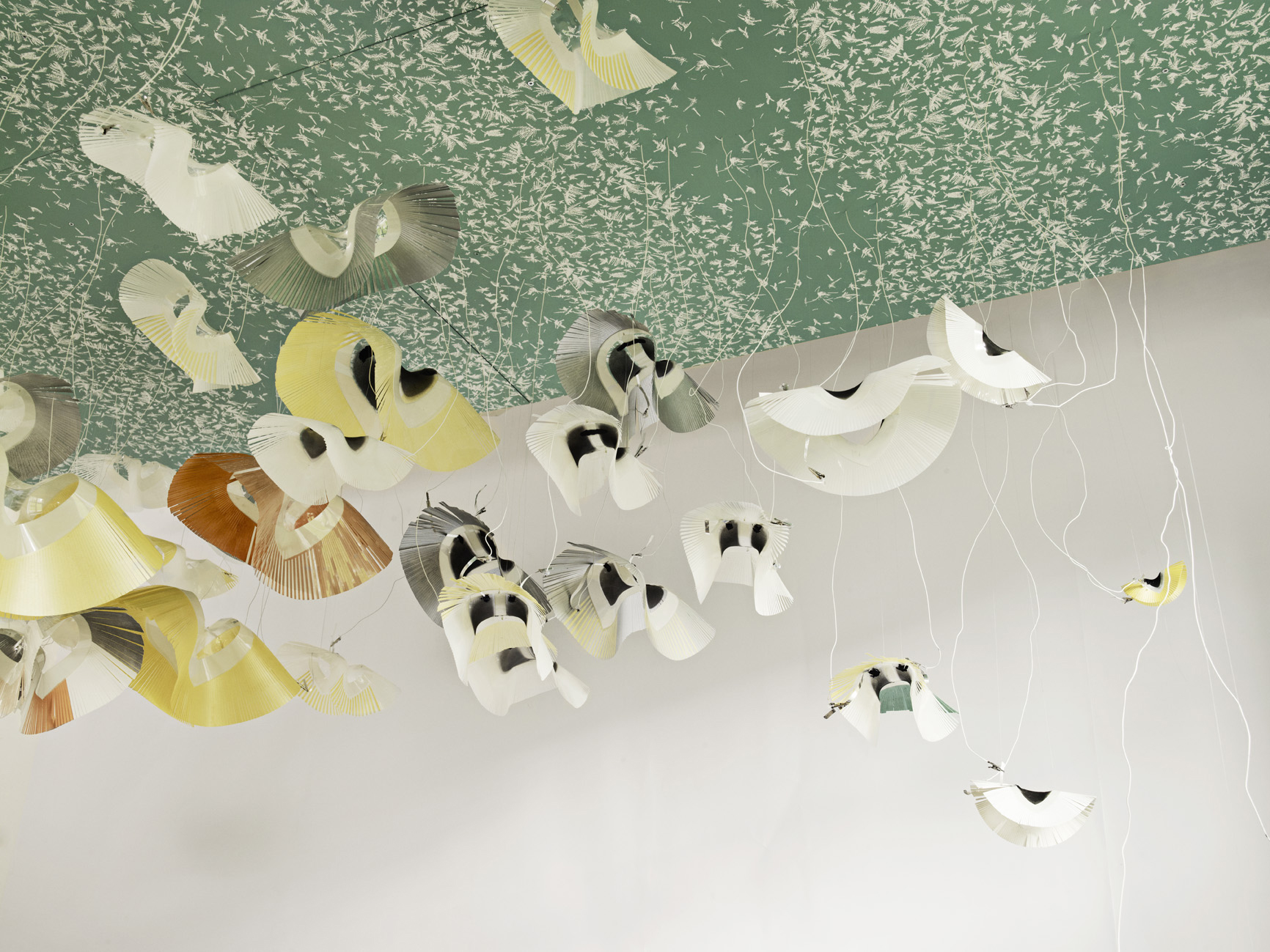Gossamer Timescapes

Gossamer Timescapes (2009 - 2015)
Gossamer timescapes: designing self-actuated by the home is a practice-based and design-led research sitting at the intersection of textile design, architecture and smart technologies. It explores how self-actuated textiles can inform new poetical and cultural possibilities for smart technologies in the field of design. The research focuses on the role three-dimensionally dynamic textiles can play in contributing to the shaping a culture of interconnectivity within the context of the Western home.
By relocating the design of smart materials beyond a culture of the measured time and space -where technology has been primarily conceived as a mean to control and overcome the limitations imposed by nature-, self-actuated textiles can contribute to more resilient practices of inhabitation. To do so, this thesis argues for the need to underpin the design of smart materials and technologies by principles of interconnectivity- interactions grounded in an earth-bound temporality in which technology is less conceived as a user-oriented than an earth-life centered means. In other words, self-actuated textiles, by challenging the thinking and making of the post-modern western home as a reality disconnected from nature, can contribute to the design of more sustainable practices of inhabitation.
Building upon the construction of a theoretical framework in which the question of time is placed as the centre of the inquiry, a series of design experiments into the appropriation of photovoltaic, light-responsive and electro-active polymer technologies contextualise and support this argument. These experiments are structured in a series of conceptual, material and immersive probes developed from a material tale methodology mixing fragments of reality and fiction to explore the poetic and cultural potential of smart technologies. These probes evolved in dialogue with each other and simultaneously with the construction of the theoretical framework of this thesis. They are part of the same design process. Reef – an experiment into the design of a self-actuated ceiling surface changing with the wind underpinned by electro-active polymers – plays a prominent role in the construction of the thesis’ argument by investigating the appropriation of values of interconnectivity into smart domestic surfaces.
Main researcher: Aurélie Mosse
Funding: This research was undertaken in the Centre for IT & Architecture, Royal Danish Academy, School of Architecture in collaboration with Textile Futures Research Centre, Central Saint Martins, University of the Arts. It was supported by a PhD grant in Tectonic Textiles supervised by Mette Ramsgaard Thomsen & Carole Collet and administrated by the Royal Danish Academy.
Further details: here